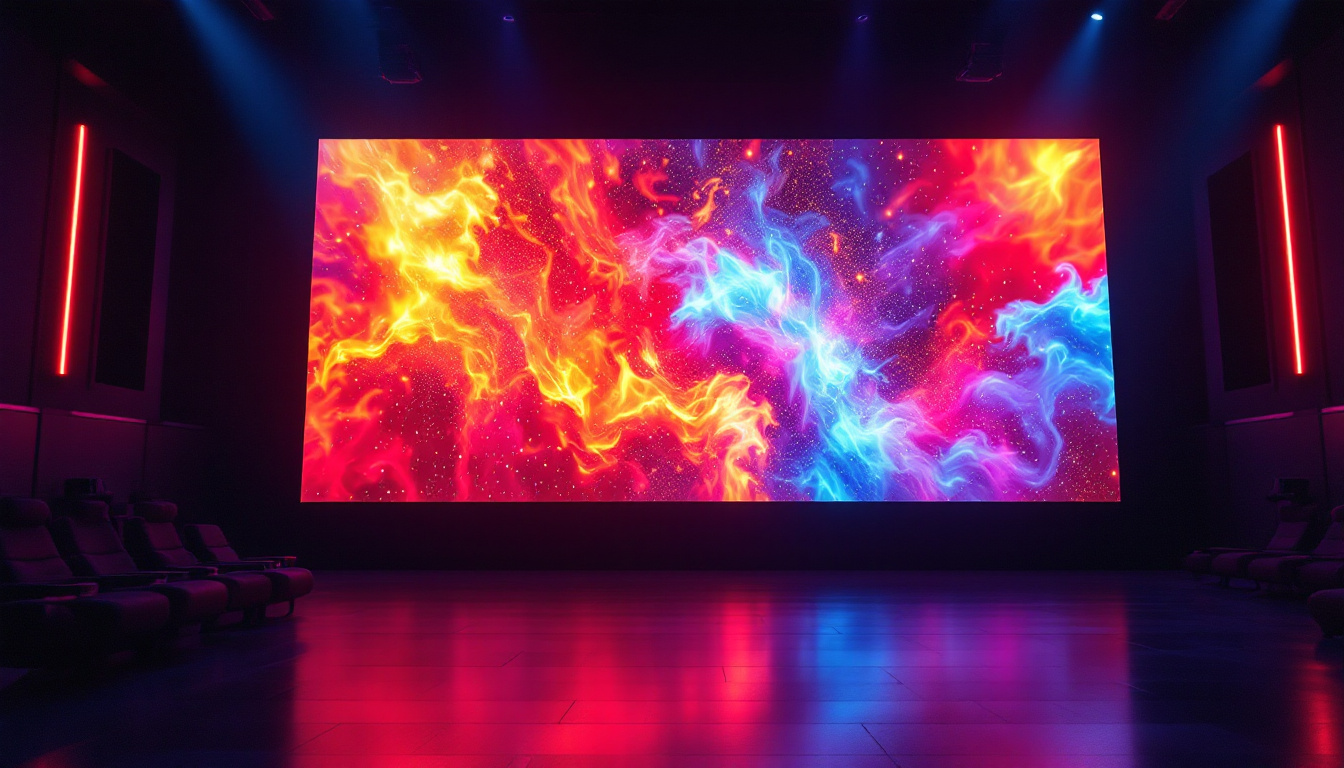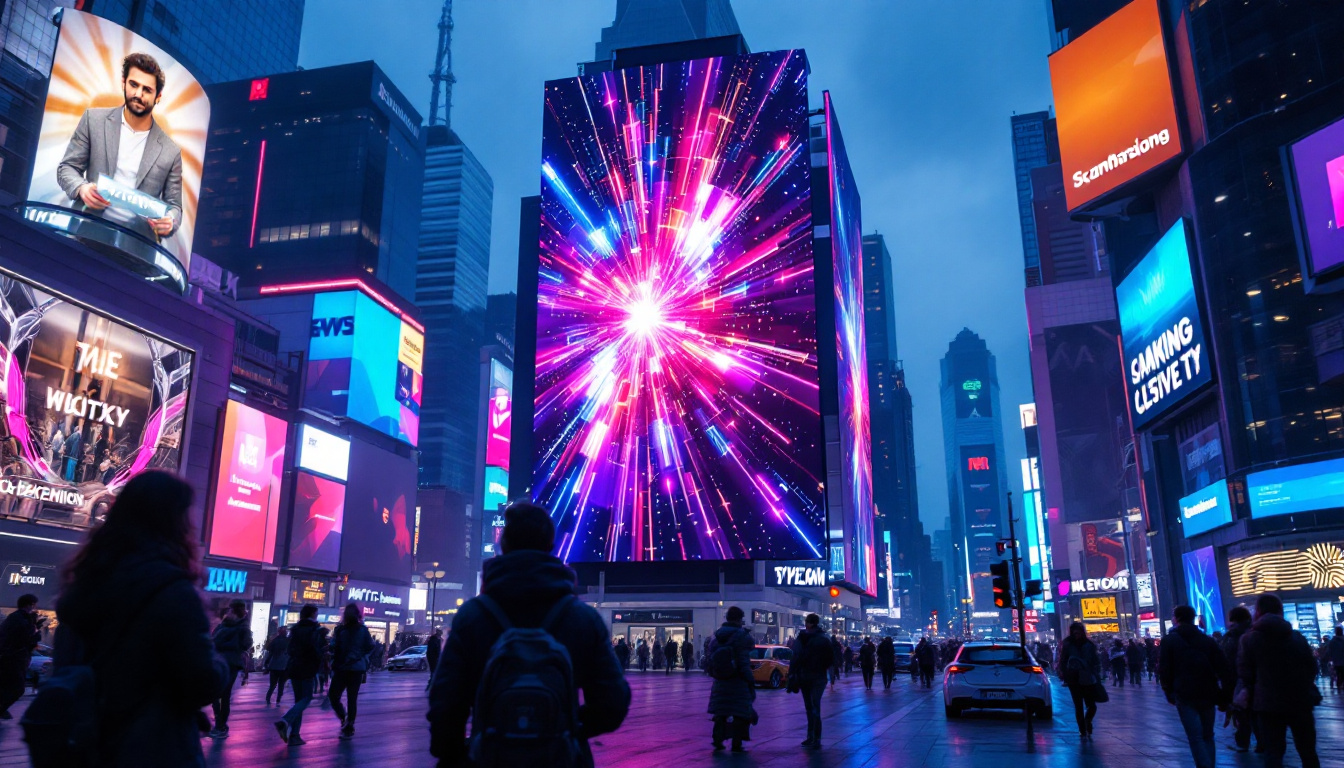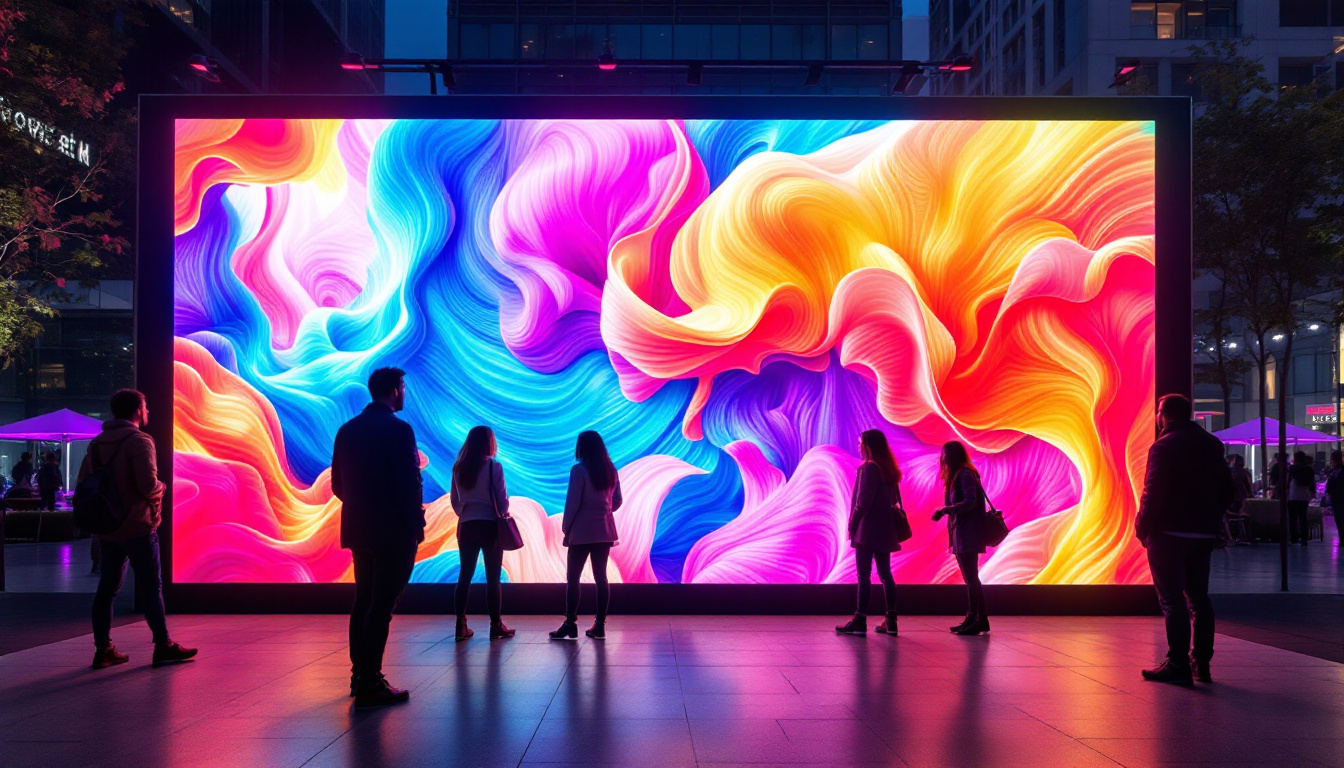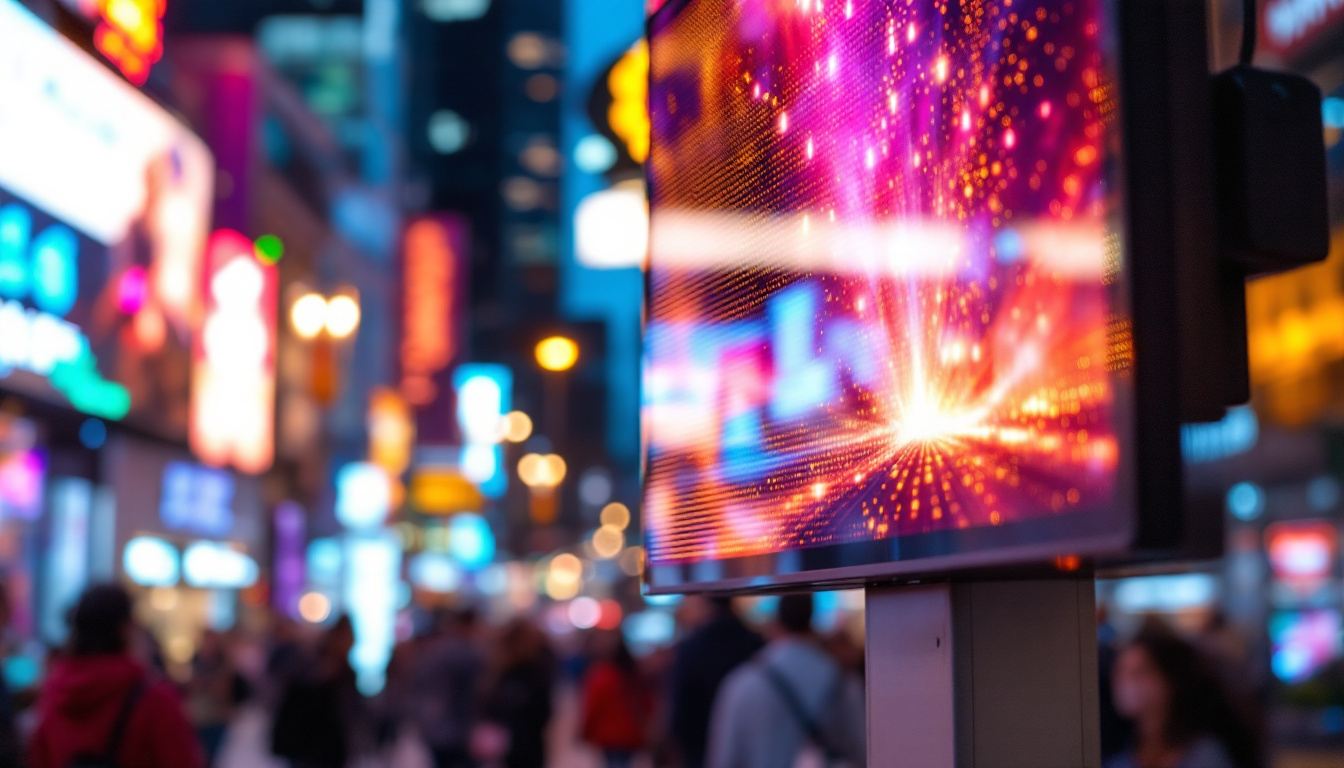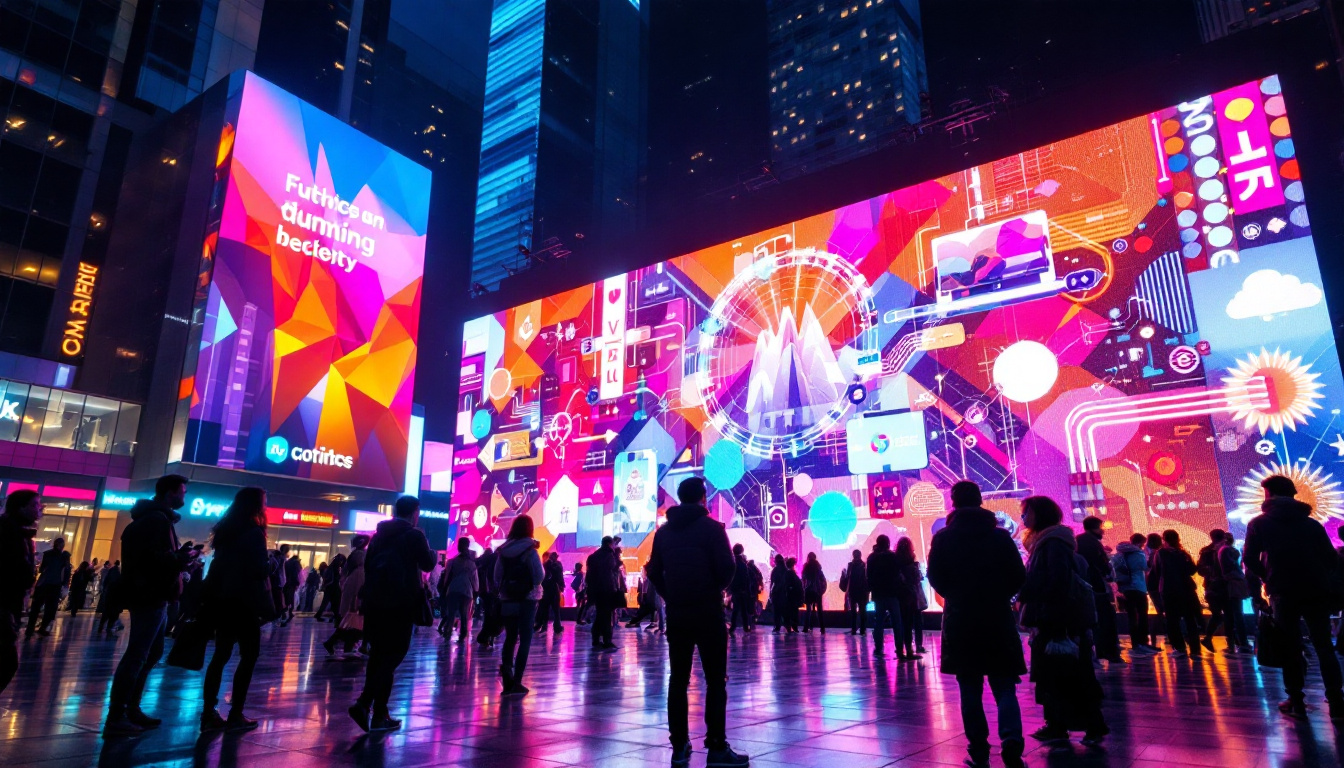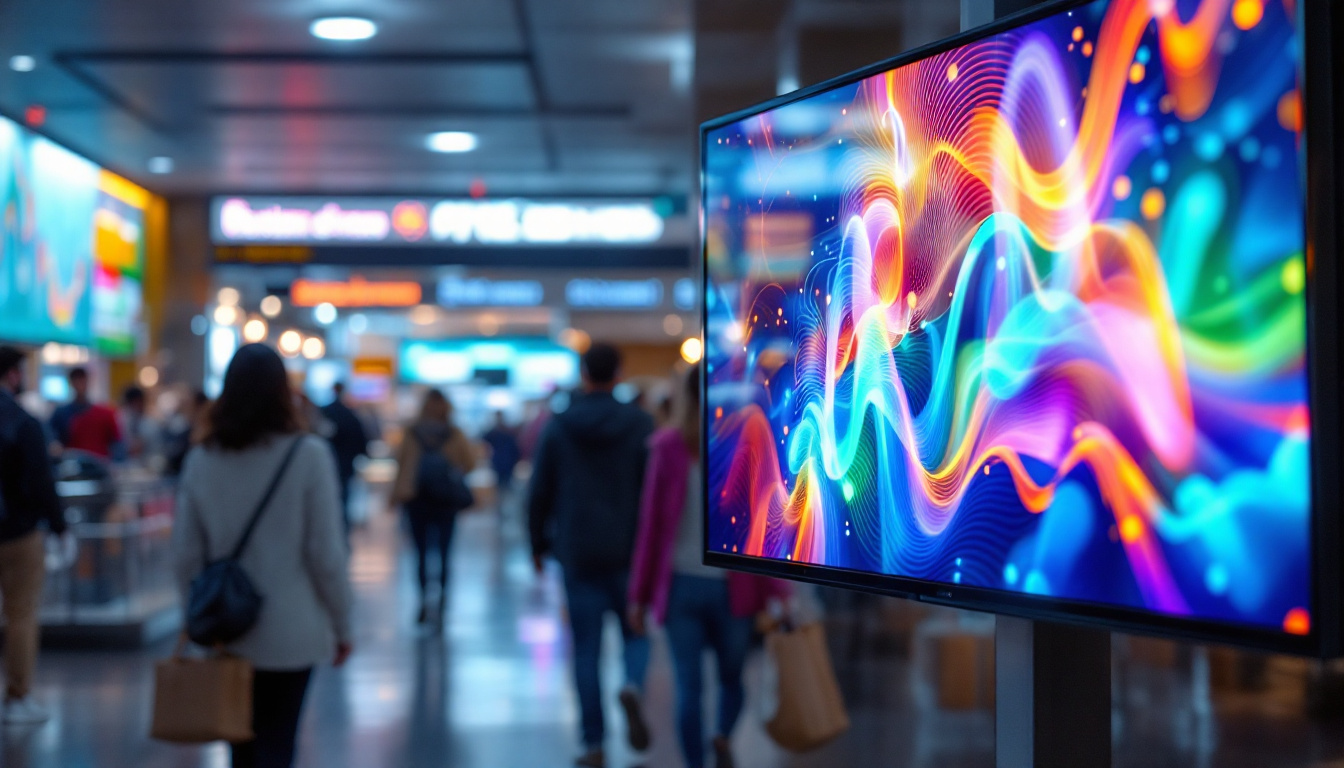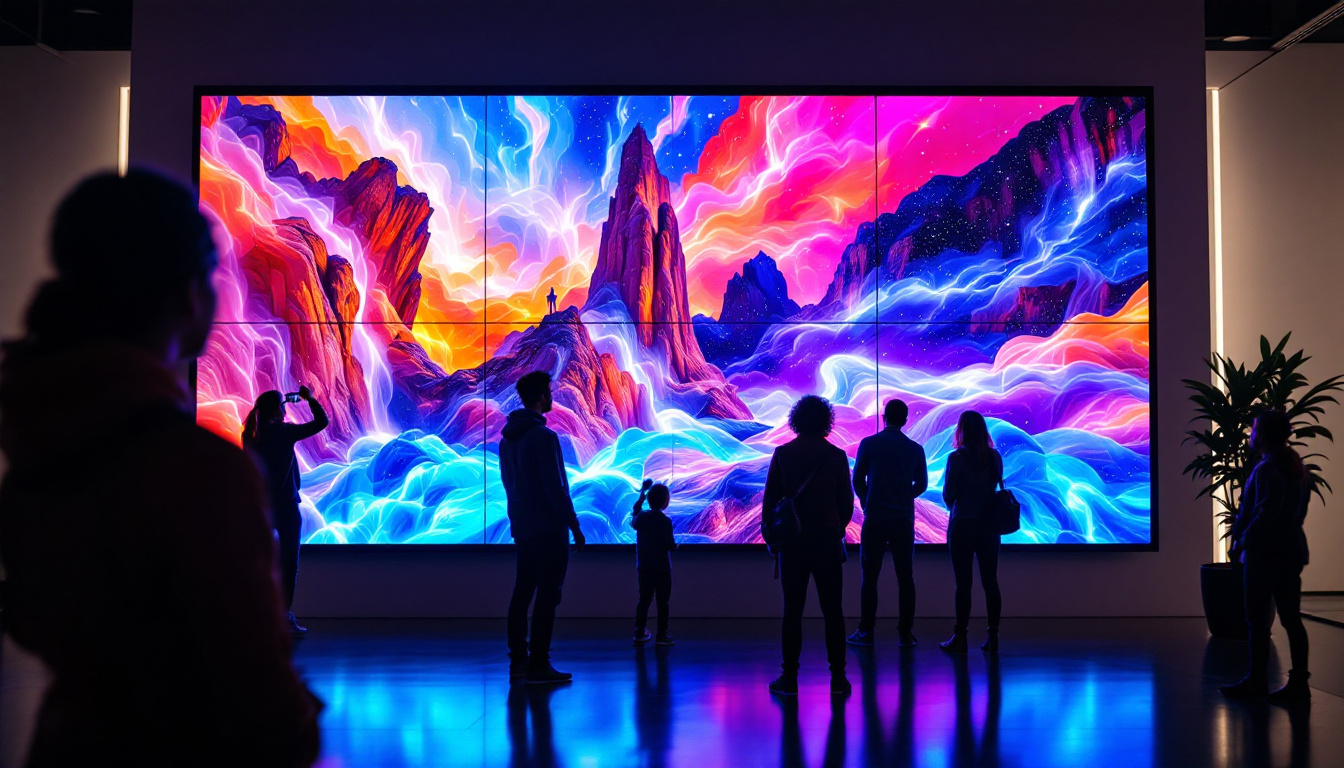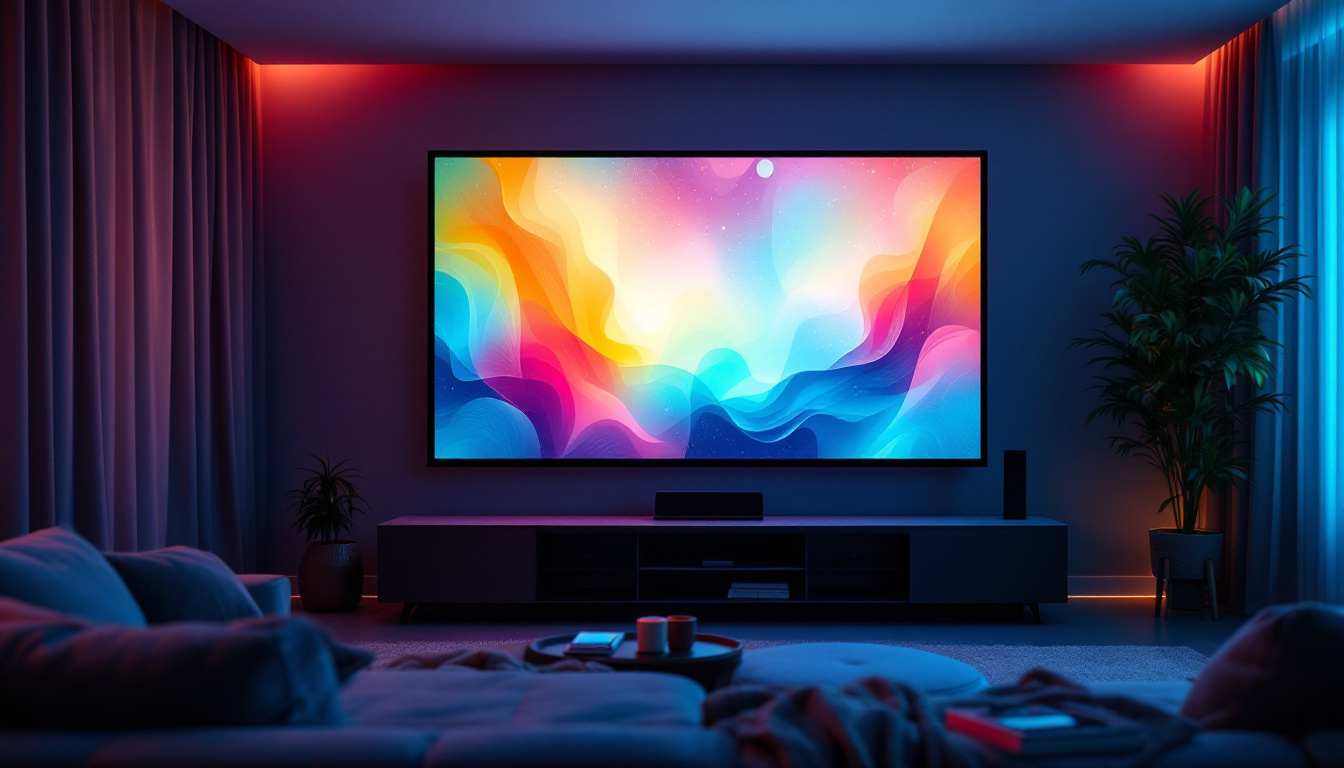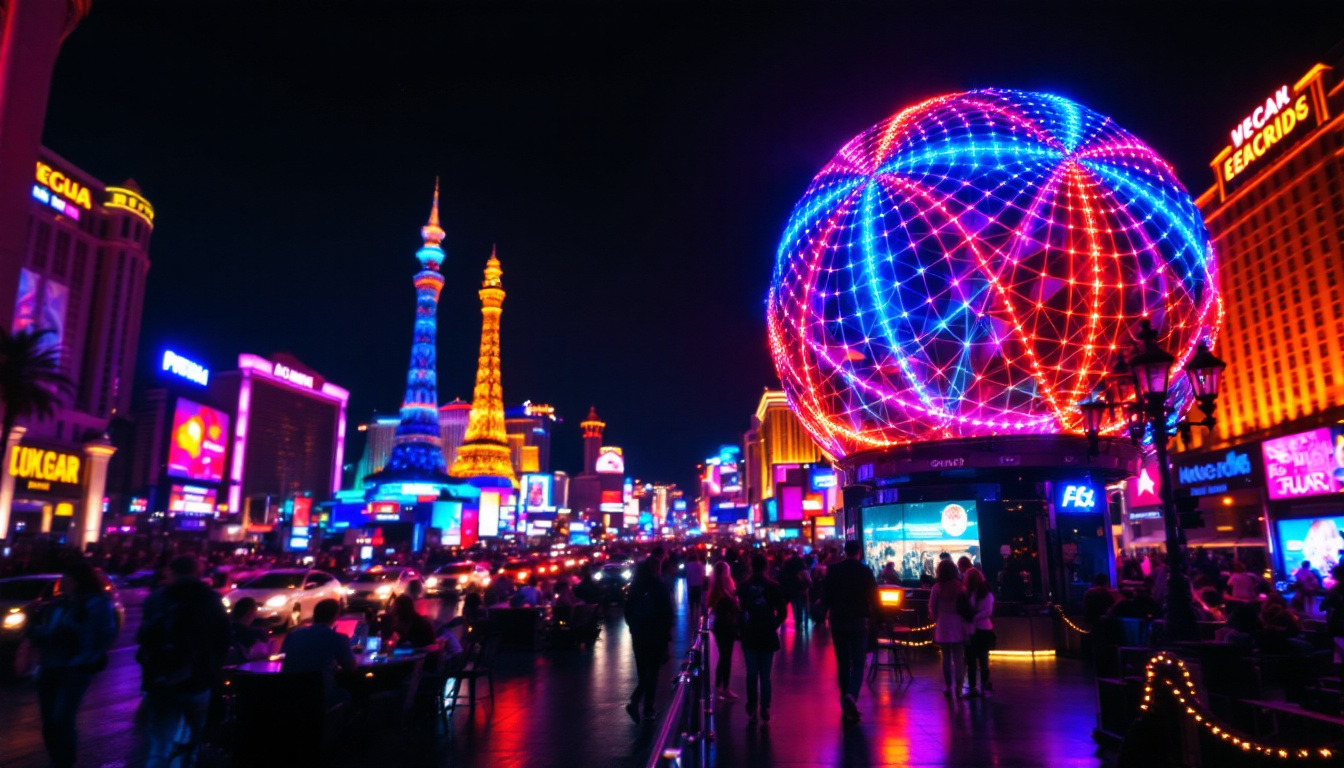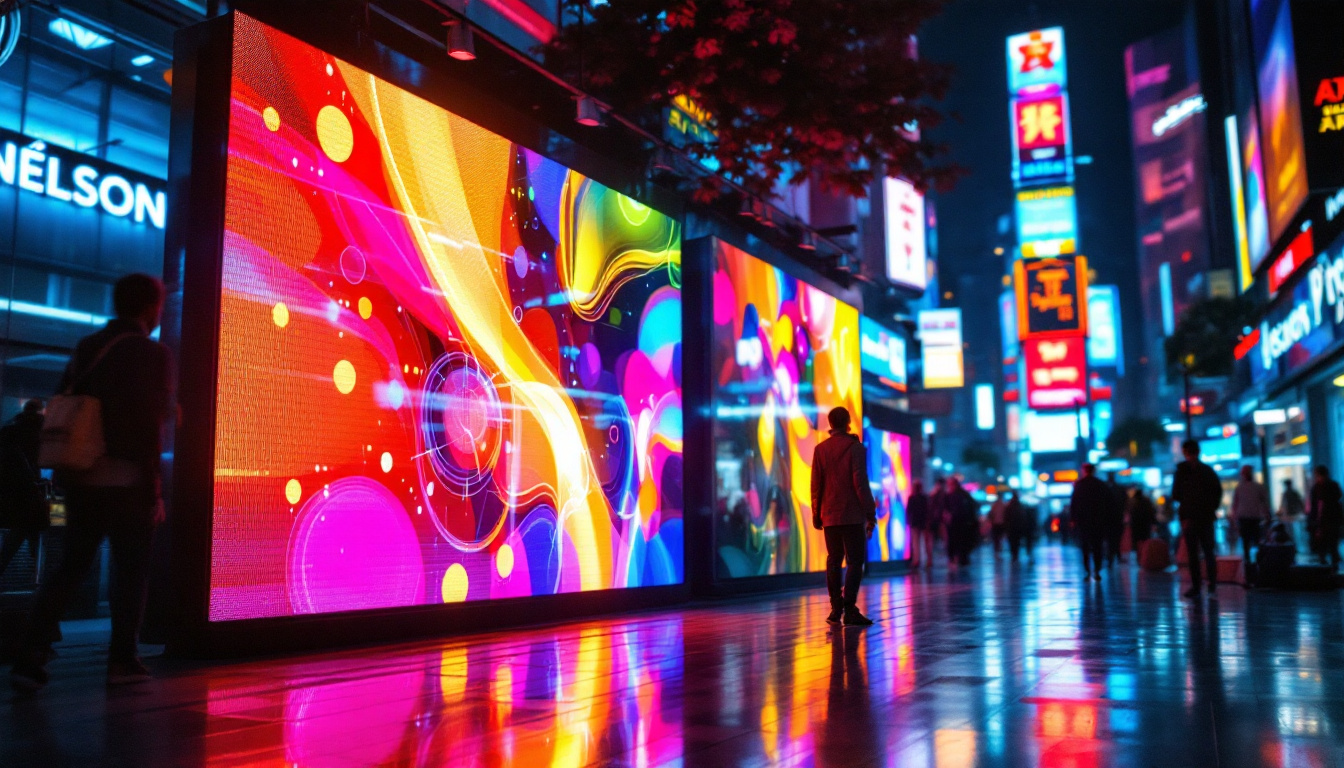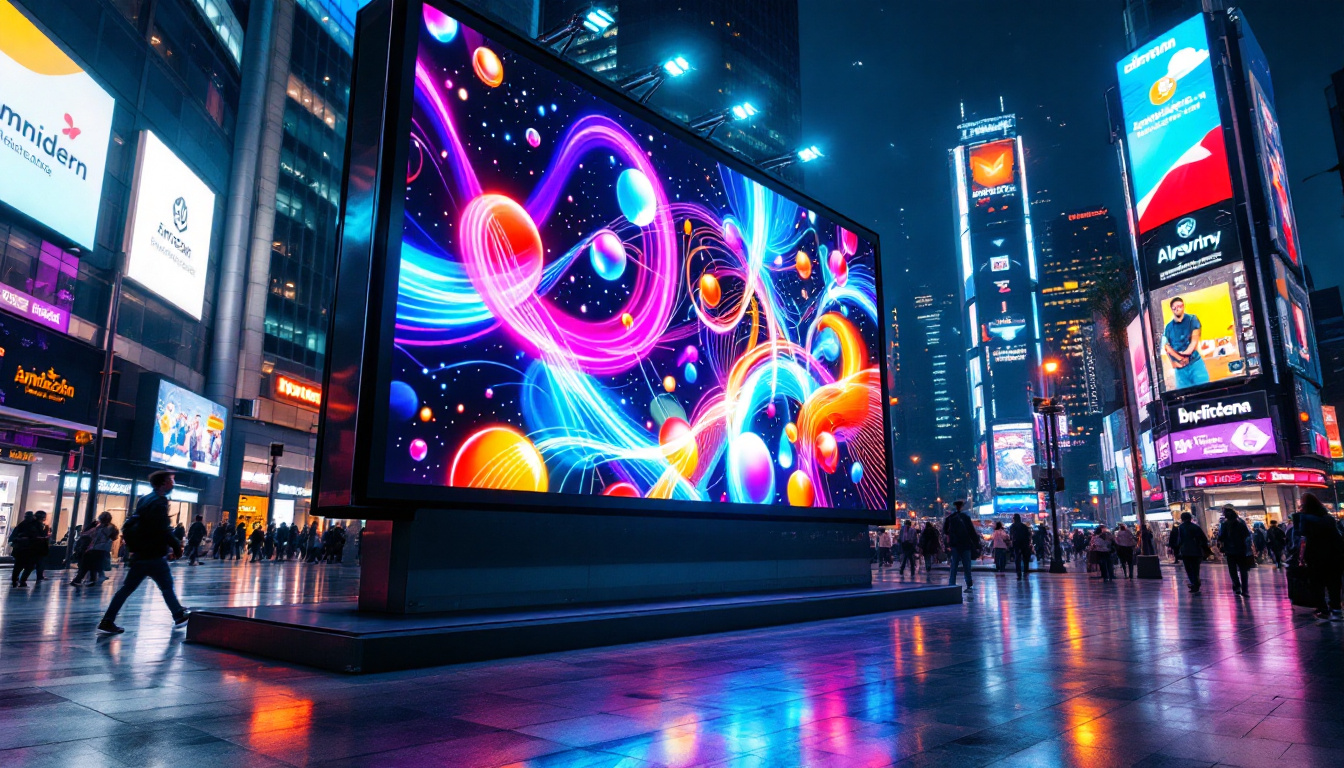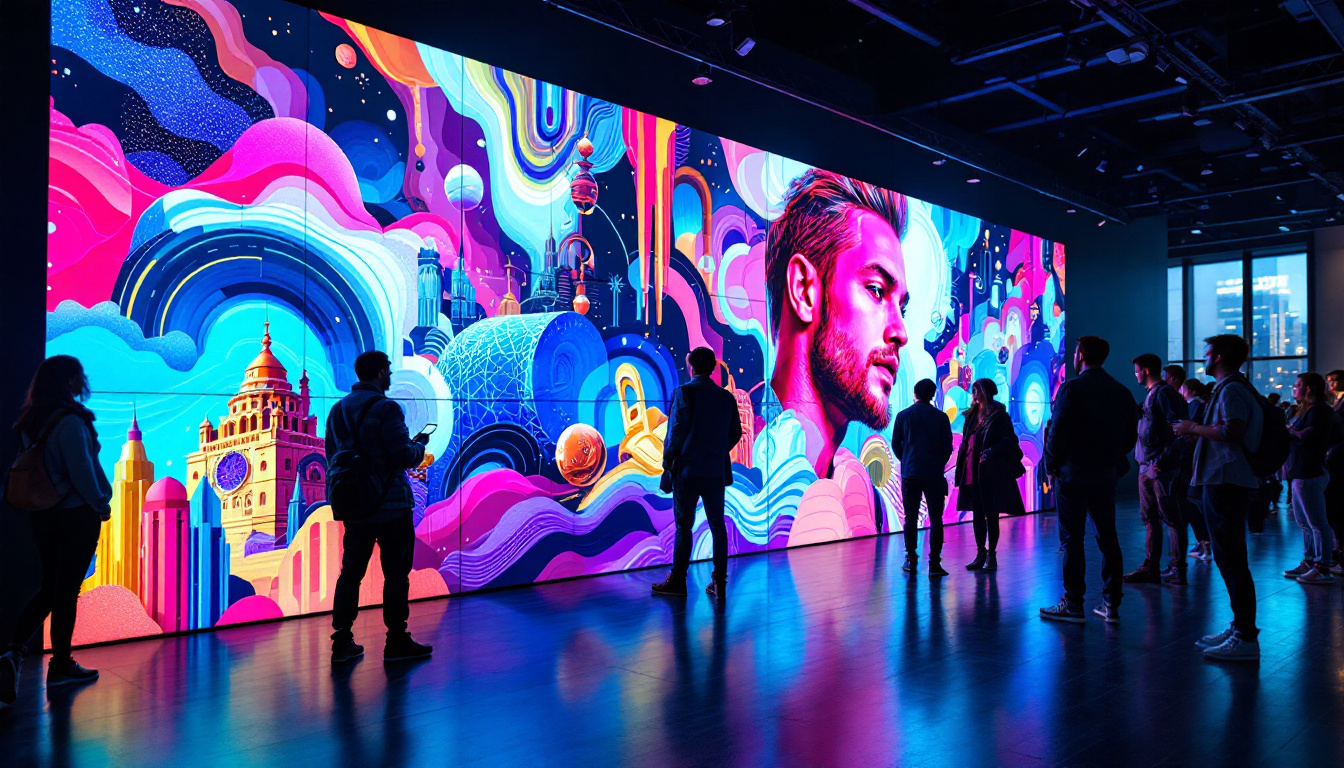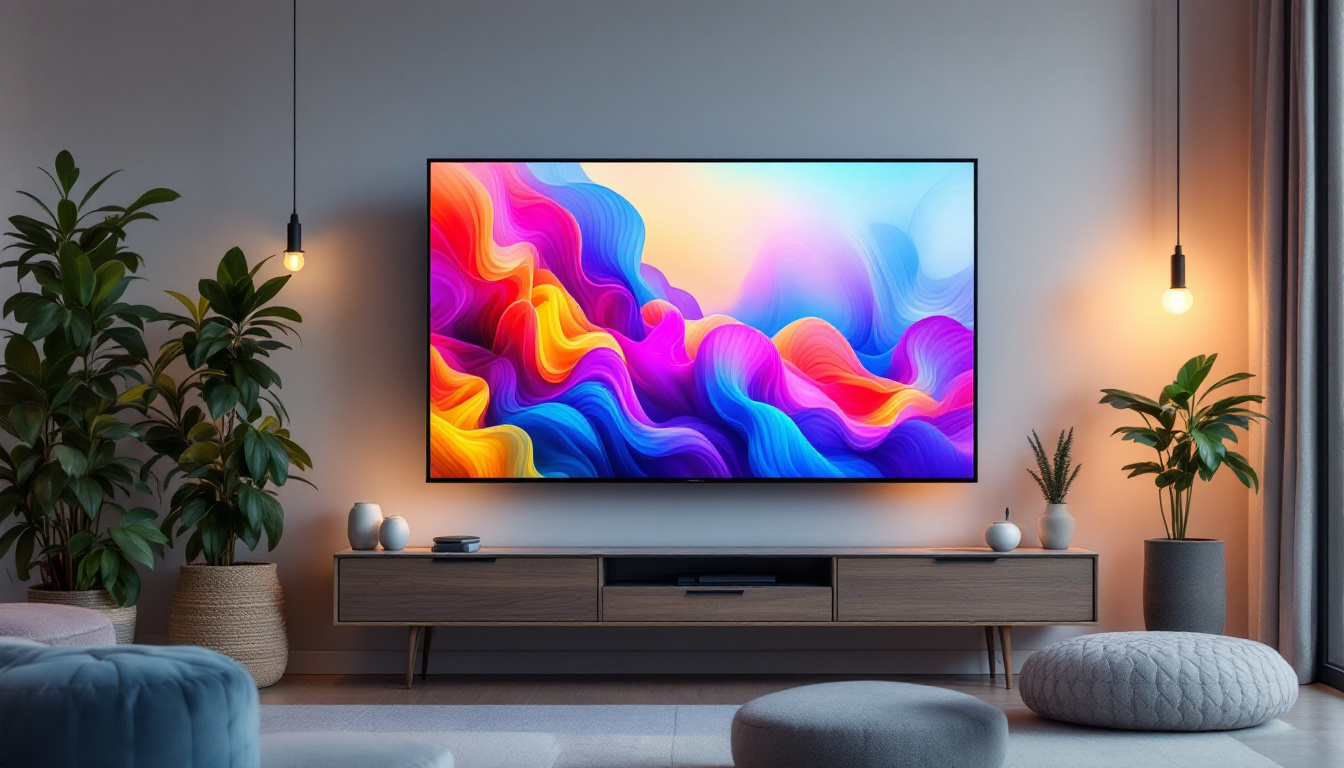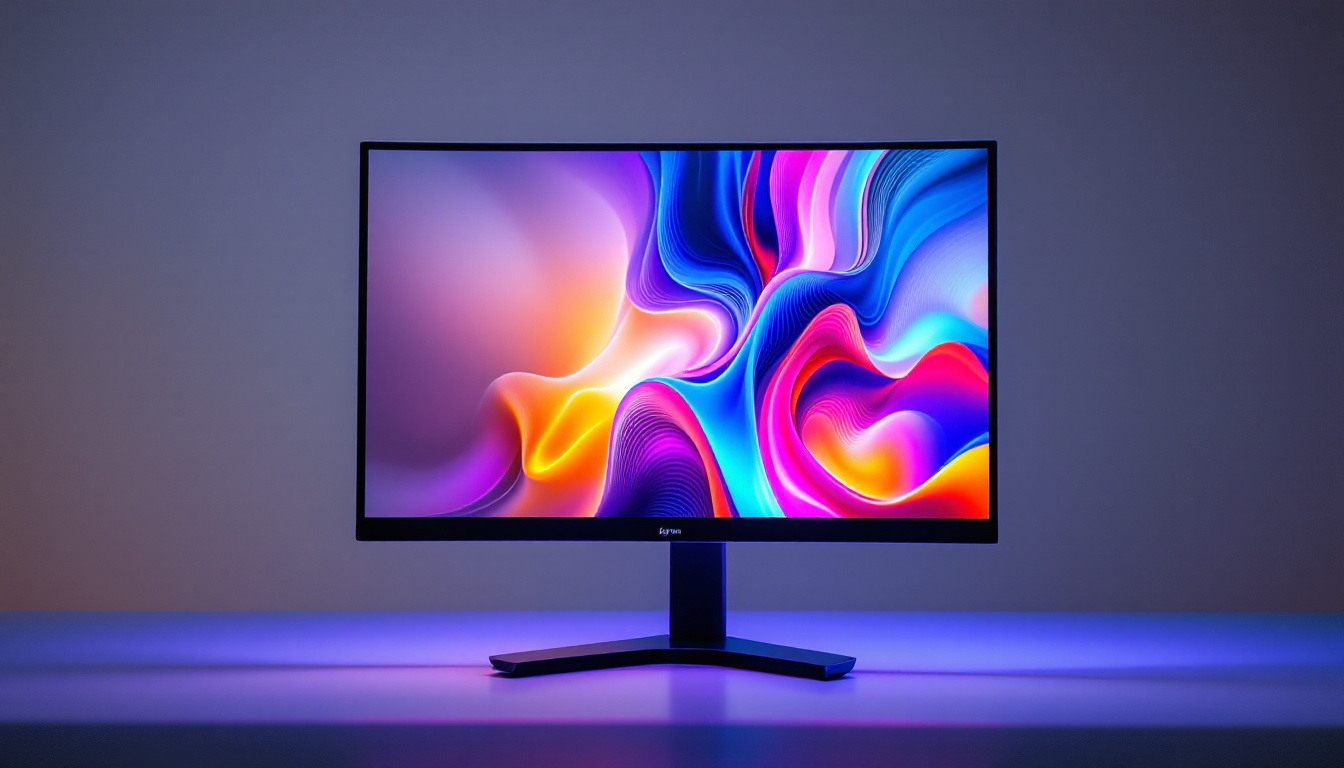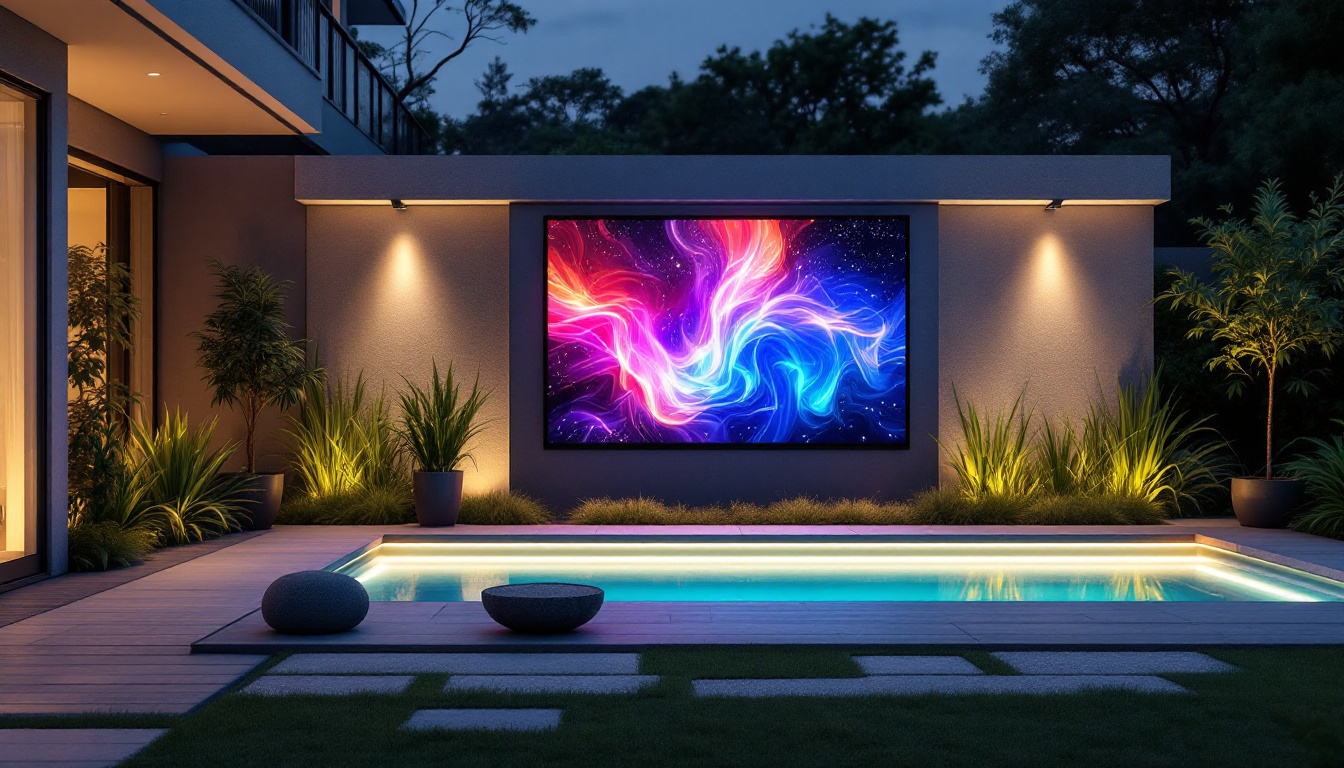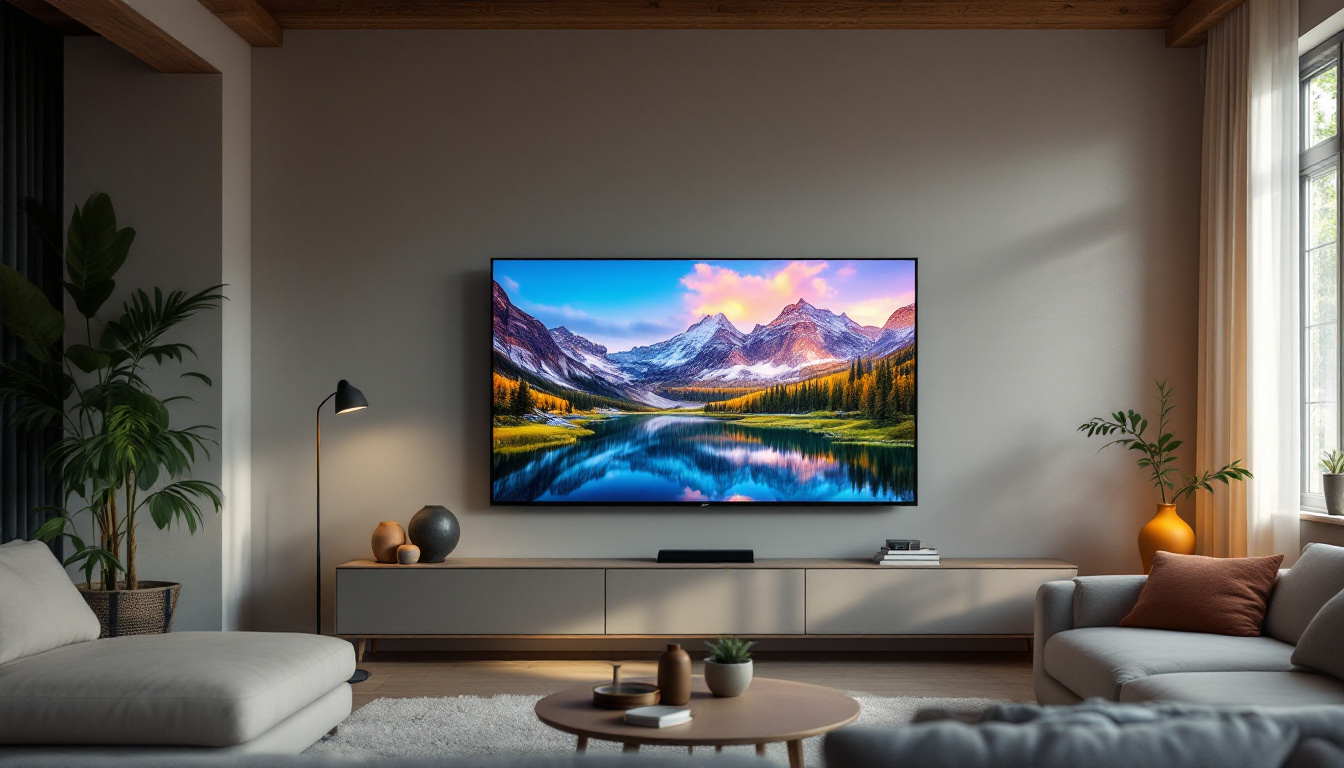In the ever-evolving landscape of cinema, the technology behind movie displays plays a crucial role in shaping the audience’s experience. One of the most significant advancements in recent years is the rise of LED displays as a preferred format for big screen movies. This article delves into the intricacies of LED display technology, its advantages, and its implications for the future of cinema.
The Evolution of Movie Displays
To understand the significance of LED displays, it is essential to trace the evolution of movie display technologies. From the early days of film projection to the introduction of digital formats, the journey has been marked by continuous innovation aimed at enhancing visual quality and viewer engagement.
From Film to Digital
The transition from traditional film to digital cinema marked a pivotal moment in the industry. Digital projectors offered filmmakers greater flexibility and control over their content. However, the limitations of early digital projectors, particularly in terms of brightness and color accuracy, left room for improvement.
As technology progressed, new formats emerged, including DLP (Digital Light Processing) and LCoS (Liquid Crystal on Silicon). While these technologies improved image quality, they still faced challenges in brightness and viewing angles, especially in large venues. The industry began to recognize the need for a more robust solution that could cater to the demands of modern filmmaking and audience expectations, leading to further innovations in display technology.
The Advent of LED Technology
LED (Light Emitting Diode) technology has revolutionized the way images are displayed. Initially used in smaller screens, its application in large-scale cinema settings has opened up new possibilities. LED displays utilize an array of tiny diodes that emit light, allowing for vibrant colors and deep contrasts that were previously unattainable with traditional projection methods.
This shift not only enhances the visual experience but also aligns with the industry’s move towards more sustainable practices. LED displays consume less power and have a longer lifespan compared to conventional projectors, making them an attractive option for theaters looking to reduce operational costs. Furthermore, the modular nature of LED technology allows for seamless integration into various architectural designs, enabling theaters to create unique viewing experiences that can adapt to different film formats and audience sizes.
Moreover, the introduction of HDR (High Dynamic Range) in conjunction with LED technology has further elevated the viewing experience. HDR allows for a wider range of colors and contrasts, bringing scenes to life with unprecedented realism. This advancement not only captivates audiences but also challenges filmmakers to push the boundaries of visual storytelling, as they can now craft scenes that take full advantage of the enhanced capabilities offered by LED displays. As theaters continue to adopt this technology, the potential for immersive experiences in cinema is expanding, paving the way for a new era of storytelling that captivates and engages audiences like never before.
Understanding LED Display Technology
LED displays operate on a straightforward yet sophisticated principle. By combining red, green, and blue (RGB) diodes, these displays can produce a broad spectrum of colors. This section explores the technical aspects of LED displays, including their configuration and performance characteristics.
How LED Displays Work
At the core of LED display technology is the RGB color model. Each pixel on an LED screen is made up of these three colored diodes. By adjusting the intensity of each diode, a wide range of colors can be created. This capability allows for stunning visuals that captivate audiences, making them ideal for cinematic experiences.
Furthermore, LED displays can be configured in various ways, including direct view and backlit setups. Direct view LED displays are composed of individual pixels that are visible from the front, while backlit displays use LEDs to illuminate an LCD panel from behind. Both configurations have their advantages, but direct view systems are often preferred for their superior color accuracy and brightness.
Key Performance Metrics
When evaluating LED displays, several key performance metrics come into play. Brightness, contrast ratio, color gamut, and refresh rate are critical factors that determine the overall quality of the viewing experience.
- Brightness: Measured in nits, brightness is crucial for ensuring visibility in various lighting conditions. High brightness levels are particularly important for outdoor displays or theaters with ambient light.
- Contrast Ratio: This metric measures the difference between the brightest and darkest parts of an image. A higher contrast ratio results in more dynamic and visually appealing images.
- Color Gamut: The range of colors that a display can reproduce is vital for delivering lifelike images. LED displays typically offer a wider color gamut compared to traditional projectors.
- Refresh Rate: This refers to how often the image is updated per second. A higher refresh rate reduces motion blur and enhances the viewing experience, particularly during fast-paced scenes.
Advantages of LED Displays in Cinema
The adoption of LED displays in cinema brings with it a host of advantages that enhance the overall movie-going experience. From superior image quality to operational efficiency, these benefits make LED technology a compelling choice for theaters worldwide.
Unmatched Visual Quality
One of the most significant advantages of LED displays is their ability to deliver unmatched visual quality. The vibrant colors, deep blacks, and high brightness levels create a more immersive experience for viewers. This is particularly important in action-packed films where clarity and detail are essential for storytelling.
Moreover, LED displays maintain consistent color accuracy across a wide range of viewing angles. Unlike traditional projectors, which can suffer from color distortion when viewed from the sides, LED technology ensures that every seat in the theater offers an optimal viewing experience.
Energy Efficiency and Longevity
In an age where sustainability is a growing concern, LED displays stand out for their energy efficiency. Consuming significantly less power than traditional projection systems, they help theaters reduce their carbon footprint while also lowering operational costs.
Additionally, LED displays have a longer lifespan, often exceeding 100,000 hours of use. This longevity translates to reduced maintenance and replacement costs, further enhancing their appeal for cinema operators.
Flexible Installation Options
Another noteworthy advantage of LED displays is their flexibility in installation. Unlike traditional projection systems that require specific room dimensions and configurations, LED screens can be installed in various settings, including curved or irregularly shaped screens. This adaptability allows theaters to create unique viewing experiences tailored to their audience.
Furthermore, the modular nature of LED displays means that they can be scaled to fit different screen sizes, making them suitable for everything from intimate screenings to large-scale film festivals.
The Future of Cinema with LED Displays
The integration of LED displays into cinema is not just a passing trend; it represents a fundamental shift in how films are experienced. As technology continues to advance, the future of cinema looks promising, with LED displays at the forefront of this evolution.
Enhancing the Audience Experience
As theaters adopt LED technology, the focus on enhancing the audience experience is paramount. The immersive quality of LED displays allows filmmakers to push the boundaries of storytelling, creating visually stunning narratives that captivate viewers.
Moreover, the ability to incorporate interactive elements into LED displays opens up new avenues for audience engagement. Imagine a cinema where viewers can influence the storyline through their choices, all while enjoying breathtaking visuals on an LED screen.
Integration with Emerging Technologies
The future of cinema is also intertwined with emerging technologies such as virtual reality (VR) and augmented reality (AR). LED displays can serve as a bridge between traditional film and these new formats, providing a platform for innovative storytelling techniques.
For instance, LED screens could be used to create immersive environments that complement VR experiences, allowing audiences to transition seamlessly between the two mediums. This integration has the potential to redefine how stories are told and experienced in theaters.
The Role of Content Creators
As LED displays become more prevalent, content creators will need to adapt their filmmaking techniques to fully leverage the capabilities of this technology. This may involve rethinking cinematography, lighting, and color grading to ensure that films are optimized for LED viewing.
Filmmakers will also have the opportunity to experiment with new visual styles that take advantage of the enhanced brightness and color accuracy offered by LED displays. This creative freedom could lead to a new wave of cinematic artistry that captivates audiences in ways previously unimaginable.
Challenges and Considerations
While the advantages of LED displays are compelling, there are also challenges and considerations that theaters must address as they transition to this technology. Understanding these factors is crucial for ensuring a successful implementation.
Initial Investment Costs
The initial investment required for LED displays can be significant. While the long-term savings in energy and maintenance costs are appealing, the upfront expenditure may deter some theater operators. It is essential for businesses to weigh the potential return on investment against the initial financial outlay.
Moreover, as technology continues to evolve, staying abreast of the latest advancements is crucial. Investing in cutting-edge LED displays may require ongoing financial commitment, which could be a concern for smaller theaters with limited budgets.
Content Adaptation
As mentioned earlier, the transition to LED displays may necessitate changes in content creation. Filmmakers and studios will need to adapt their techniques to ensure that films are optimized for LED viewing. This may involve additional training and resources, which could pose a challenge for some creators.
Furthermore, the industry may need to establish new standards for content delivery to ensure consistency across different LED displays. This collaborative effort will be essential for maintaining the quality of the cinematic experience as more theaters adopt this technology.
Conclusion
The rise of LED displays in cinema marks a significant milestone in the evolution of movie formats. With their unmatched visual quality, energy efficiency, and flexibility, LED displays are transforming the way films are experienced. As theaters embrace this technology, the future of cinema looks bright, promising immersive experiences that captivate audiences and redefine storytelling.
While challenges remain, the potential for innovation and creativity in filmmaking is boundless. As content creators adapt to the capabilities of LED displays, new artistic possibilities will emerge, enriching the cinematic landscape for generations to come. The journey towards a more vibrant and engaging movie experience is just beginning, and LED technology is leading the way.
Discover the Future of Cinema with LumenMatrix
Ready to experience the future of cinematic storytelling with unparalleled visual quality? LumenMatrix is at the forefront of LED display innovation, offering a diverse range of solutions that cater to every aspect of the viewing experience. From Indoor and Outdoor LED Wall Displays to specialized options like Vehicle, Sports, and Floor LED Displays, LumenMatrix provides the technology that brings stories to life. Embrace the revolution in visual communication with our Custom, All-in-One, and Transparent LED Displays, designed to captivate and engage audiences like never before. Check out LumenMatrix LED Display Solutions and transform your space into a beacon of immersive entertainment.

